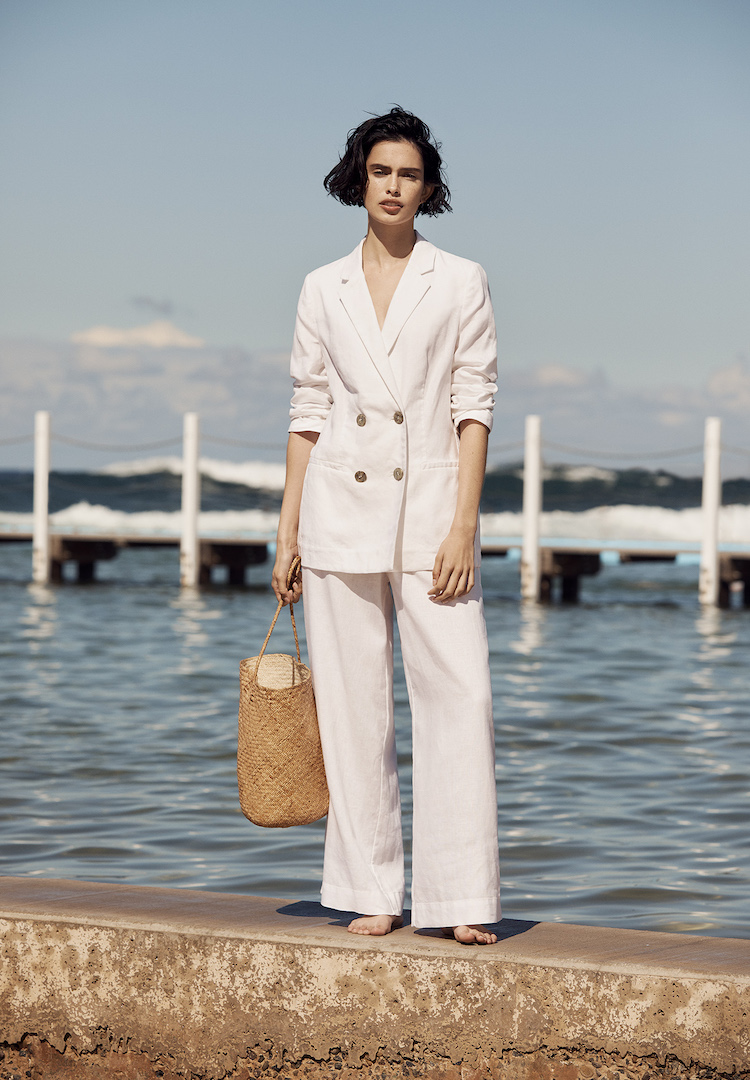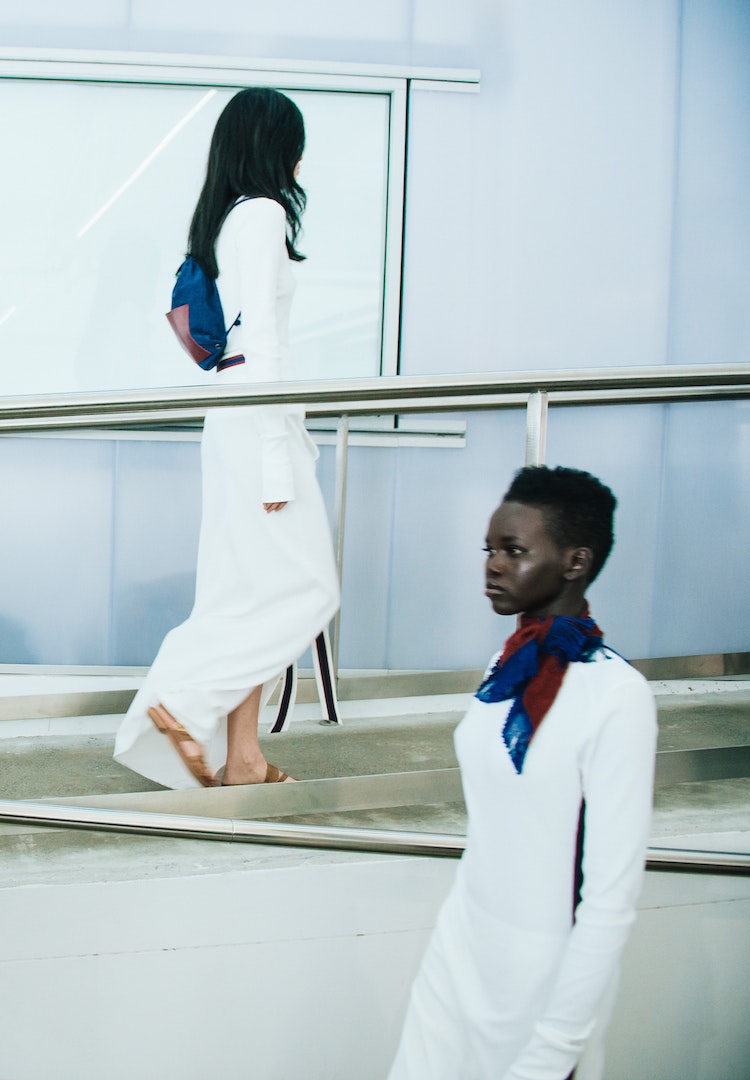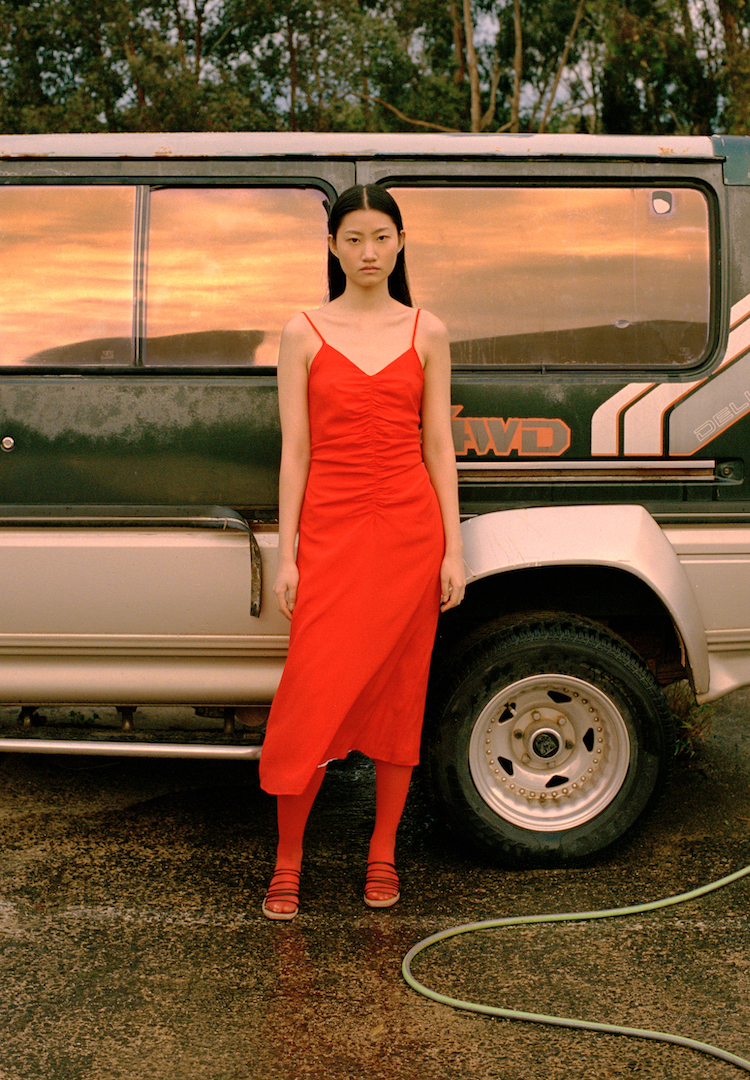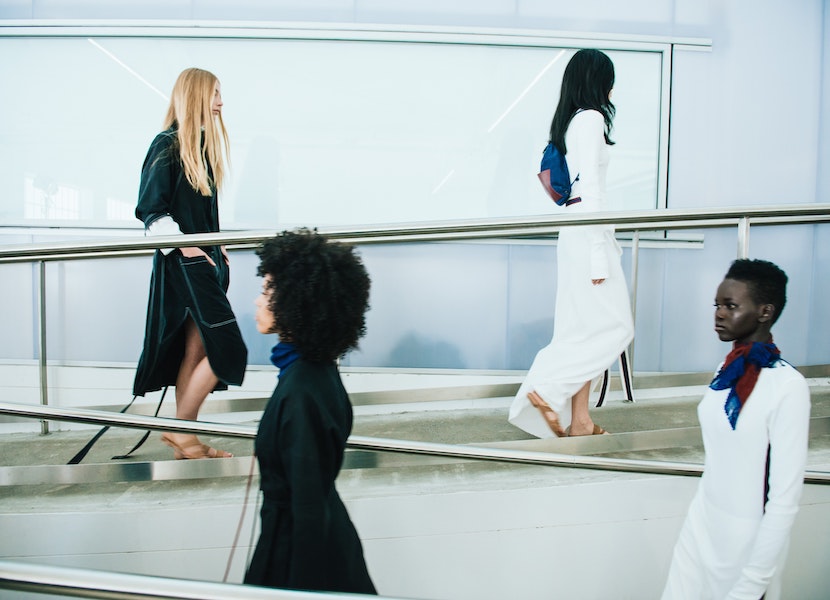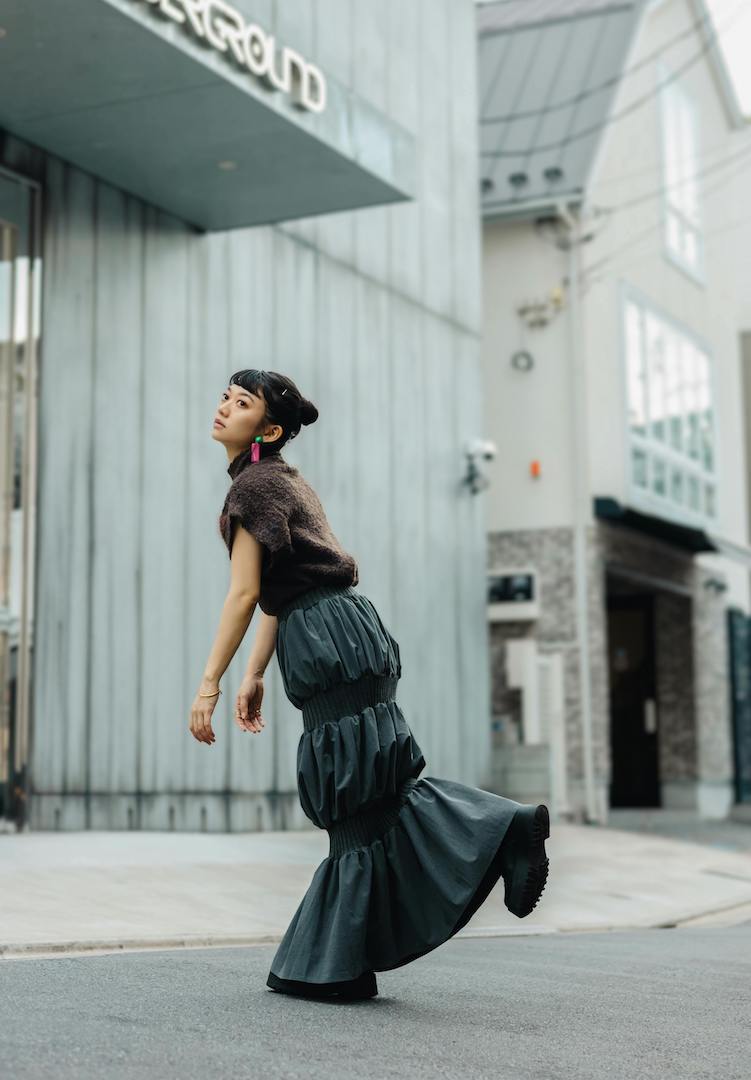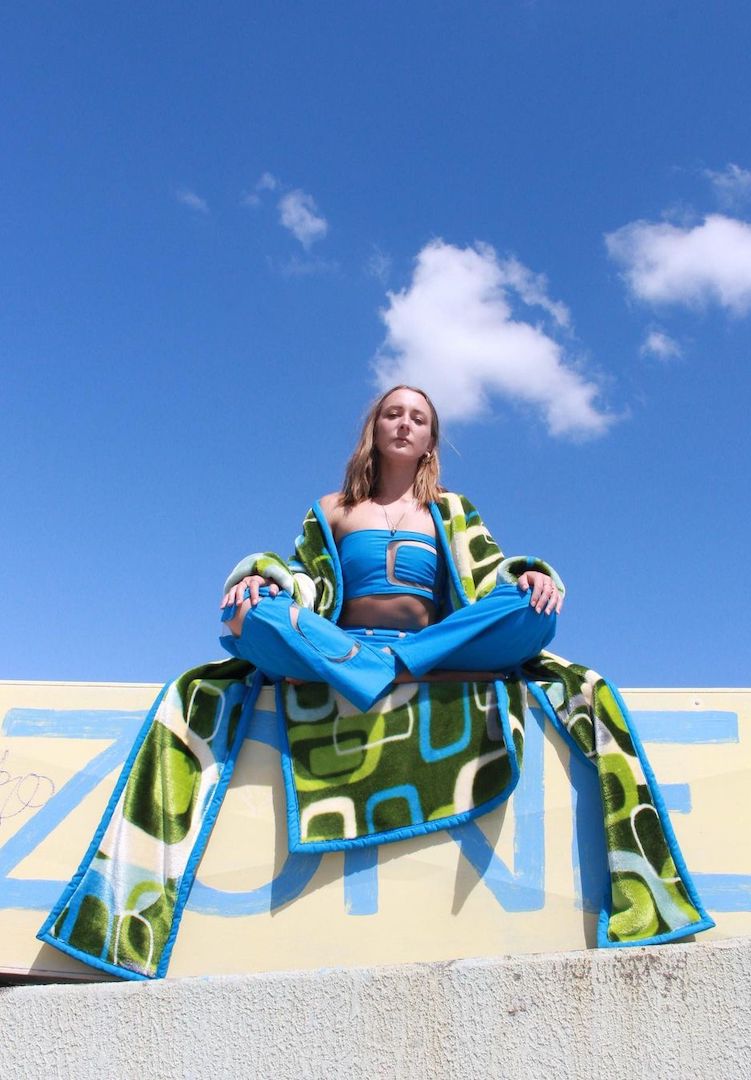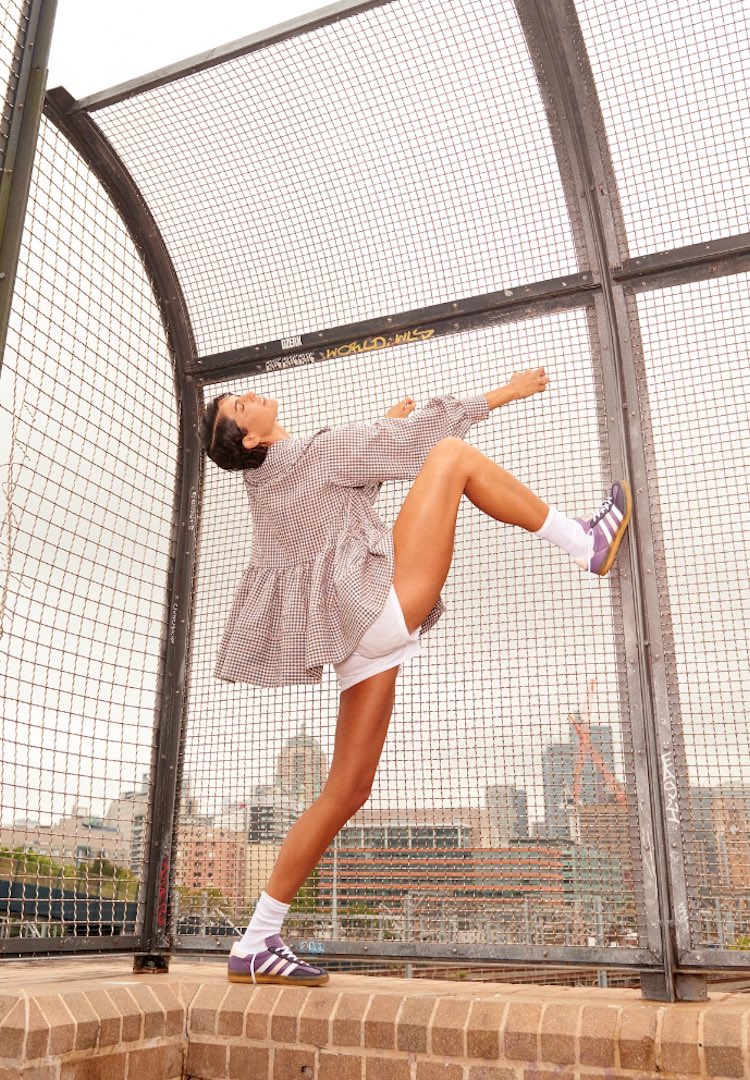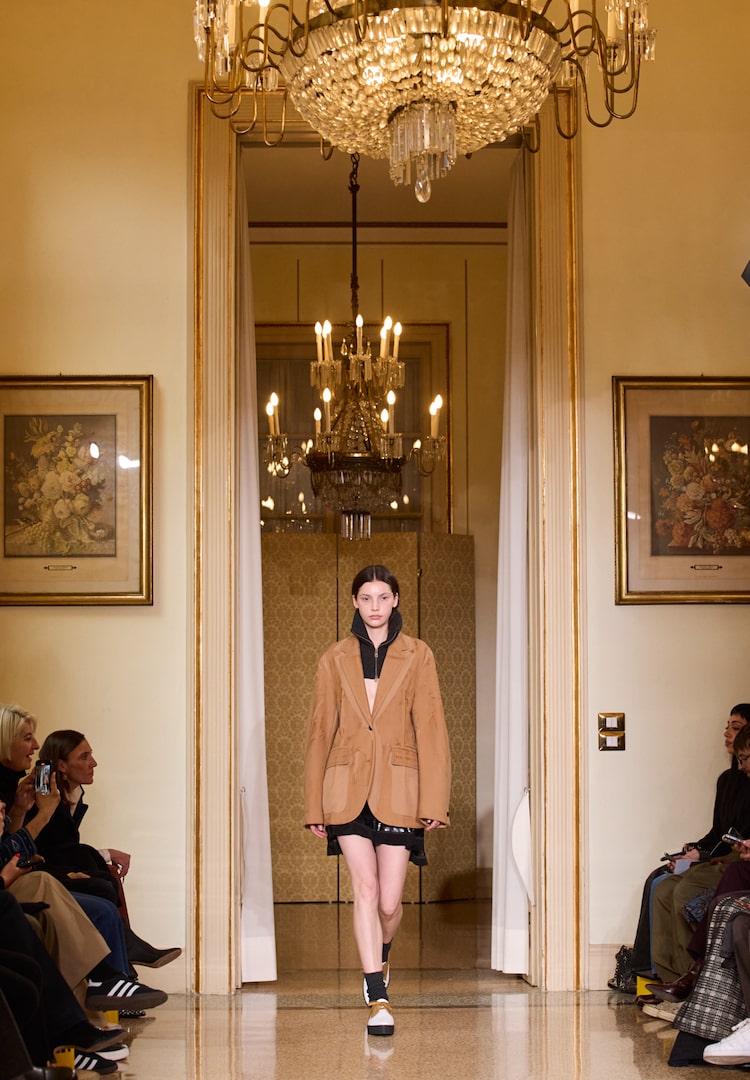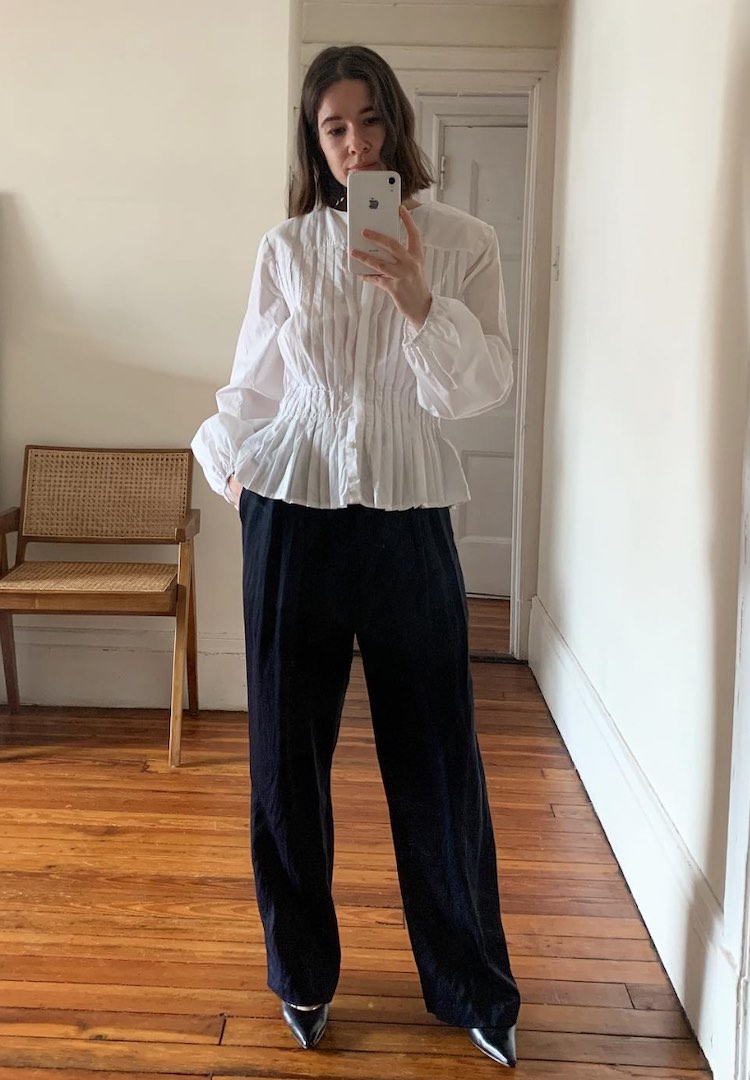The greater the prestige, the lower the pay: The rules of the game in fashion economies
WORDS BY GIULIA Mensitieri
An extract from Giulia Mensitieri’s book, The Most Beautiful Job in the World: Lifting the Veil on the Fashion Industry.
Fashion Journal is partnering with Melbourne Fashion Festival and Melbourne University Press for a very special book club event, inviting author Giulia Mensitieri for a live Q&A to discuss The Most Beautiful Job in the World. Head here for more info.
Although she was now signed with Elite, Vanessa was still earning very little – on average 1000 euros a month, not much more than she would have earned as a waitress. Financial reasons did not explain why Vanessa had opted for modelling; if she didn’t give it up, it was because she was seduced by the opportunity it gave her to experience the dream of luxury, power and desire.
Her financial situation was not out of the ordinary, even if not all models work for free; a few, the ones whose faces are most familiar in the media, have made fortunes, and a few others, like Kathy, earn very well indeed. But these are the minority, and no strategy can guarantee attaining that status.
There are, however, certain rules to be understood and respected for anyone aspiring to do so: the jobs that bestow the most symbolic value and are most significant for a model’s career are unpaid, while the jobs that are well paid often have a negative impact on a model’s career. Vanessa did catwalk shows for haute couture houses, the apotheosis of the dream, for which she was paid 200 euros, entirely in line with the norm.
“Then there are the girls who do shows who do really well out of it. They’re the ones who’ve reached the top, they have amazing lives. There are others who do the shows because it’s the most prestigious way to get into luxury, you have to do it, but it doesn’t work for them. It’s not automatic, you know. It’s not because you’ve done a catwalk show that you’re going to sign with Dior.
“And those girls, basically, they do the cool magazines, but there’s no money in it. They do the shows, they pay a bit more than the magazines, but not enough, you still have to pay for your own aeroplane ticket… New York doesn’t pay anything, you’re paid in clothes. I know this girl, for a Marc Jacobs show, she got his new perfume and a pair of shoes. That’s great, I mean, but it doesn’t buy food. In France, for Chanel, they all got a little handbag with some makeup in it.”
Not only are the catwalk shows unpaid, but sometimes the models actually have to pay their expenses to get there. The point of doing these shows is not financial:
“The shows count for the big magazines, like Vogue, and the really big clients… For example if you ever want to do a campaign for Chanel, say, you have to do a Chanel show. Otherwise they’ll never use you for an advert. That’s how it works. So those girls who do the big campaigns for the big labels, they also do lots of catwalk shows for them, even without being paid.”
The luxury labels’ advertising campaigns are the apotheosis of fashion work: extremely well paid and with great symbolic value. However, as Vanessa says, the passage from catwalk show to ad campaign is not automatic. The dream, here, is that of a contract that pays well and offers access to celebrity. The models, like many other fashion workers, agree to work for free because they hope they will get a contract that will change their lives. But how is it possible that models taking part in situations that are symbolically among the most highly valued (haute couture fashion shows, shoots for glossy magazines) are unpaid?
Fashion is governed, in all its spheres of production, by a symbolic hierarchy that places at the top of the prestige ladder work that is considered to be artistic, creative and independent, and at the bottom of the ladder work that is defined as commercial. During the shoot for Mena described at the beginning of this chapter, Mia and her colleagues agreed to work for Mena without being paid because it is a respected, prestigious independent magazine, and working for it confers prestige and is good for their careers.
Independent magazines are, Mia explained, “magazines where we aren’t at the beck and call of the advertisers and editors. They’re magazines where we can express ourselves freely, do work that’s much more artistic, experimental, thoughtful.” As an independent magazine, Mena publishes images and fantasies deemed experimental and cutting-edge, which demand a specific cultural proficiency to be understood and appreciated.
In this context, the people on the shoot are creating images that aren’t aimed (directly) at selling products and are not intended for mass consumption. That allows them to highlight the cultural and artistic aspect of their fashion work, which is highly valued and constructed in opposition to its commercial dimension.
From an economic perspective, magazines like Mena are not financed, or only partially, by advertising, and have a very limited circulation. They have no budget for shoots. Although fashion is an industry predicated on profit, the valorisation process specific to fashion disparages financially lucrative arrangements. The artistic and cultural circuit is the most valorised, in terms of prestige, while also being the one within which financial remuneration is the exception. Conversely, the circuit of commerce is very well paid, but does not allow for the accumulation of symbolic capital.
For models, the circuit of commerce, destined for the mass market, means taking jobs in showrooms, print and television advertising spots and clothing catalogues, while the editorial circuit consists of advertising campaigns for luxury labels, fashion stories in magazines and catwalk shows.
Vanessa, for example, finally started to earn money, after working unpaid for two years, when she began doing commercial jobs, which included mail-order catalogues, a poster for Air France and a Christmas catalogue. She earned several thousand euros for these photo shoots but didn’t put them in her portfolio, because they would be damaging for her image. On her page on the Elite website, and in her ‘book’, she only displays images she has had taken for the artistic circuit, that is, the unpaid jobs she has done.
Notwithstanding the apparent logic of ‘the negation of the economy’, which claims that unpaid work is valued for its artistic and creative dimension, the ultimate aim for both the agencies and the models, as well as other fashion workers, is to win what Ashley Mears terms the ‘jackpot’, in other words, the acme of fashion work. Of course, the jackpot varies according to profession, but the logic for aiming to reach it is the same. In order to be in the running for the jackpot, to be aiming for this double remuneration, both symbolic and economic, it is necessary to understand the rules of the game and to construct one’s career in accordance with them.
In modelling, for example, a worker who has done too many commercial jobs, and has become part of that circuit, can never hope to reach the jackpot or be cast in fashion shows, another acme of prestige, because her image has become part of the circuit of commerce and thus has lost symbolic value. Vanessa, for example, apart from the haute couture shows she took part in right at the beginning of her career, doesn’t do fashion shows.
Generally, models who take part in fashion week shows are paid in clothes and accessories, and above all in photos which they insert into their books to increase their symbolic capital and help them in their race for the jackpot. In other words, the editorial-artistic circuit pays in prestige. But as Vanessa put it, however cool this prestige is, it doesn’t buy food.
The rules of the game apply to all fashion workers. Those who are aiming for the jackpot have to construct their careers by juggling the accumulation of symbolic capital, vital for their reputations if they are hoping to rise to the top of their professions, and economic capital, necessary for survival. All the people I met in the course of my research understood this, and were making professional choices accordingly.
Constructing a career in fashion implies an understanding of the rules, and also implies a long-term vision, within which, in order to attain both symbolic and material success, they must accumulate prestige through working for free, even if in the short term that means finding a way of guaranteeing their material survival through taking commercial paid jobs.
Pick up a copy of The Most Beautiful Job in the World here then join us next month, as we chat with Giulia about perceptions versus reality within the fashion industry. You can also submit any questions you might have for Giulia below.
The webinar will take place at 6.30pm on Thursday October 22. Attendance is limited to 100 people, so if you want to take part in this event, please get in quick!
Enter your details below to register.
Fashion Journal and Melbourne Fashion Festival privacy policies apply.

